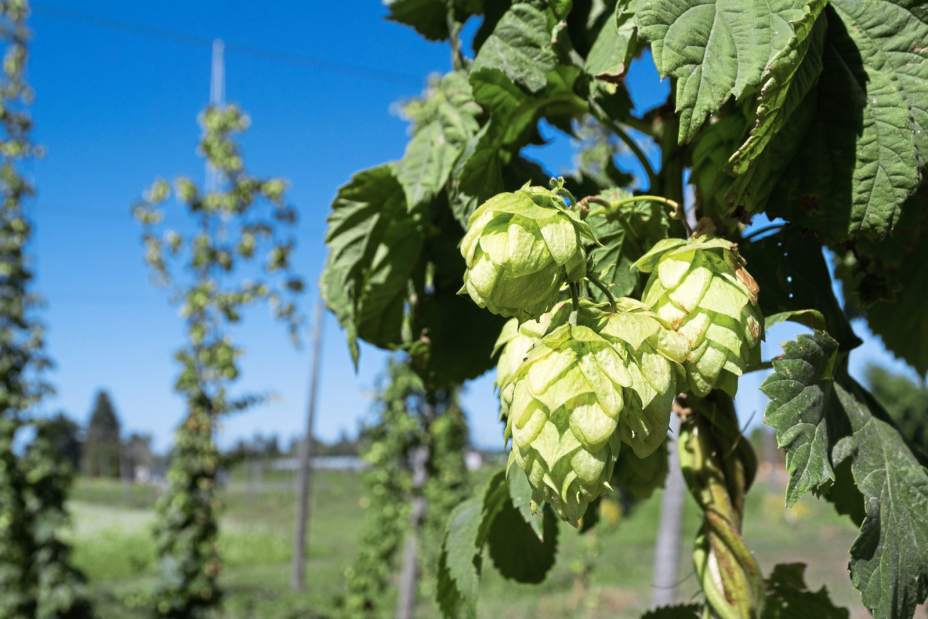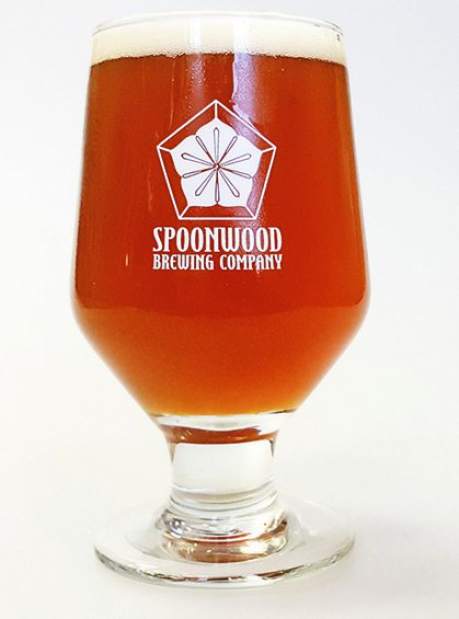What's Brewing? Hops is what makes the beer
Hops (Humulus Lupulus) are flowering cones with medicinal properties and uses including digestive aids, inflammation, insomnia, ulcers, anxiety and Crohn’s disease. But hops, a perennial vining plant and cousin to cannabis, are most notably known for their use in the beer brewing process. They’re responsible for an array of aromas flavors, and levels of bitterness. Hops are used in every beer except for gruit, which is hard to find.
PRESERVING AND BALANCE
For centuries hops have been used as soldiers to fight against the evil rogue bacteria that spoils beer. They are a natural preservative. Hops assist in keeping that wonderful fluffy head on top of our beer present. They help brewers by acting as a natural filter too. Beer can be made by only using water, malt, and yeast, but without hops it would taste really sweet. Hops balance the sweetness of malt and the vast majority of us wouldn’t like the taste of beer without it.
AROMAS, FLAVORS AND BITTERNESS
Not only are hops are an integral part of balancing the sweetness but they bring a variety of aromas, flavors, and bitterness levels to the table that we have come to enjoy. Some of the aromas and flavors hops produce include pine, grass, floral, citrus fruit, tropical fruit, and black pepper just to name a few.
The hops are boiled during the beginning part of the brewing cycle to extract these distinct qualities from the alpha acids and oils within them. Brewers control the intensity of the aroma, flavor, and bitterness by modifying the quantity, how long they boil, how many times they introduce hops into the brewing cycle, and of course, which varieties of hops they use. A large commercial brewery might use a hops extract whereas most independent breweries use fresh hops. Using a hops extract will allow breweries to produce a more consistent product while sacrificing little as long as the beer isn’t relying on fresh hops aromas and flavors.
Unless you’re cellaring a beer because you know it was brewed for that specific reason, always drink fresh. Hop aroma is the first thing to fade as beer travels and ages.
Spoonwood Brewing Co.
(Bethel Park)
Good-eye Sniper DIPA
(8.4% ABV). Pours a hazy amber orange. Aromas of citrus, orange zest, bready malts. Dry with flavors of honey, cracker, and pine. Medium body with medium carbonation to match.
East End Brewing Co.
(Julius Street and in the Strip District, Pittsburgh)
Big Hop
IPA (5.8% ABV). Pours copper color with a lasting foamy white head. Lots of lacing on the glass. Aromas of caramel, grain and pine. Malty core with tastes of pine, caramel, bread and only slightly bitter. Medium body with moderate carbonation.
Victory Brewing Co.
(Downington)
Dirtwolf
DIPA (8.7% ABV). Pours golden yellow. Loaded with aromas of citrus and tropical fruit. Tastes mildly floral with notes of sweet citrus and spice. Medium body and moderately carbonated. Finishes with a lasting citrus flavor.
Hitchhiker Brewing Co.
(Sharpsburg and Mt. Lebanon)
Alternate Dimension
Brut IPA (7.4% ABV). Pours hazy yellow with a white foamy head. Low bitterness with an extra dry taste. Light to medium body. A bit hoppy with a champagne-like finish.
Mark Brewer is a Tribune-Review contributing writer. He’s the author and illustrator of Brewology, An Illustrated Dictionary for Beer Lovers and brews with Four Seasons Brewing Co.
in Latrobe.




